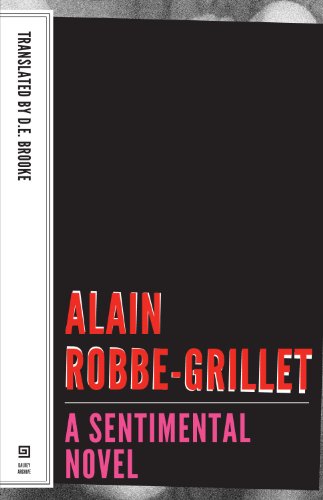Adam Shatz
In 1989, John Ahearn, a white artist living in the South Bronx, cast a group of local black and Latino people for a series of bronze sculptures commissioned by the city for an intersection outside a police station. As his models, he chose a drug addict, a hustler and a street kid. Ahearn thought that he was paying them homage, restoring the humanity of people who were often vilified in American society. His models found the work flattering, but some members of the community felt that he ought to have depicted more ‘positive’ representatives, while others were insulted that a 
By the time he was elected to the Académie française in 2004, Alain Robbe-Grillet had suffered a cruel fate: He had all the renown he could have hoped for but few readers to show for it. The literary movement he’d launched half a century earlier—the nouveau roman—had ground to a halt. The new novel— anti-psychological and anti-expressive, stripped of individualised characters, temporal continuity and meaning itself—was no longer new. The life of Claude Lanzmann, Claude Lanzmann declares at the beginning of his memoir, has been ‘a rich, multifaceted and unique story’. Self-flattery is characteristically Lanzmannian, but its truth in this case can hardly be denied. He has lived on a grand scale. A teenage fighter in the Resistance, he became Sartre’s protégé in the early 1950s as an editor at Les Temps modernes. He also became – with Sartre’s blessing – Beauvoir’s lover, ‘the only man with whom Simone de Beauvoir lived a quasi-marital existence’. He marched with the left against the wars in Algeria and Vietnam; moonlighted in